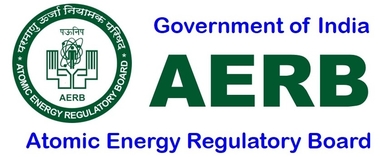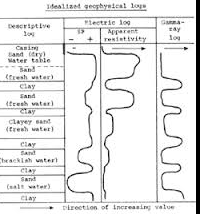Well logging facilities
|
All Applications to procure/operate/dispose well-logging sources have to be online through eLORA eLORA Guidelines for Oil well logging facilities |
Radioactive sources used for oil well logging
Well logging is an evaluation technique, which provides fast and detailed data for subsurface and structural mapping of geological formation for exploration of mineral resources particularly oil, gas and coal. It makes a detailed record (a well log) of the geologic formations penetrated by a borehole, employing, where appropriate, suitable radioactive material for the purpose of making physical measurements. The log may be based either on visual inspection of samples brought to the surface (geological logs) or on physical measurements made by instruments lowered into the hole (geophysical logs). Well logging can be done during any phase of a well's history; drilling, completing, producing and abandoning. Well logging is performed in boreholes drilled for the oil and gas, groundwater, mineral and geothermal exploration, as well as part of environmental and geotechnical studies.
The well logging operation involves the use of sealed radioactive sources and portable mini-neutron generators in suitable logging tool for oil exploration. The different techniques like Neutron-Neutron (n-n) Logging, Neutron-gamma (n- γ) logging, Gamma-Gamma (γ- γ) logging are used for detection purpose. The commonly used gamma and neutron sources for this purpose are 137Cs, 60Co, 241Am, 241Am-Be and 239Pu-Be.










